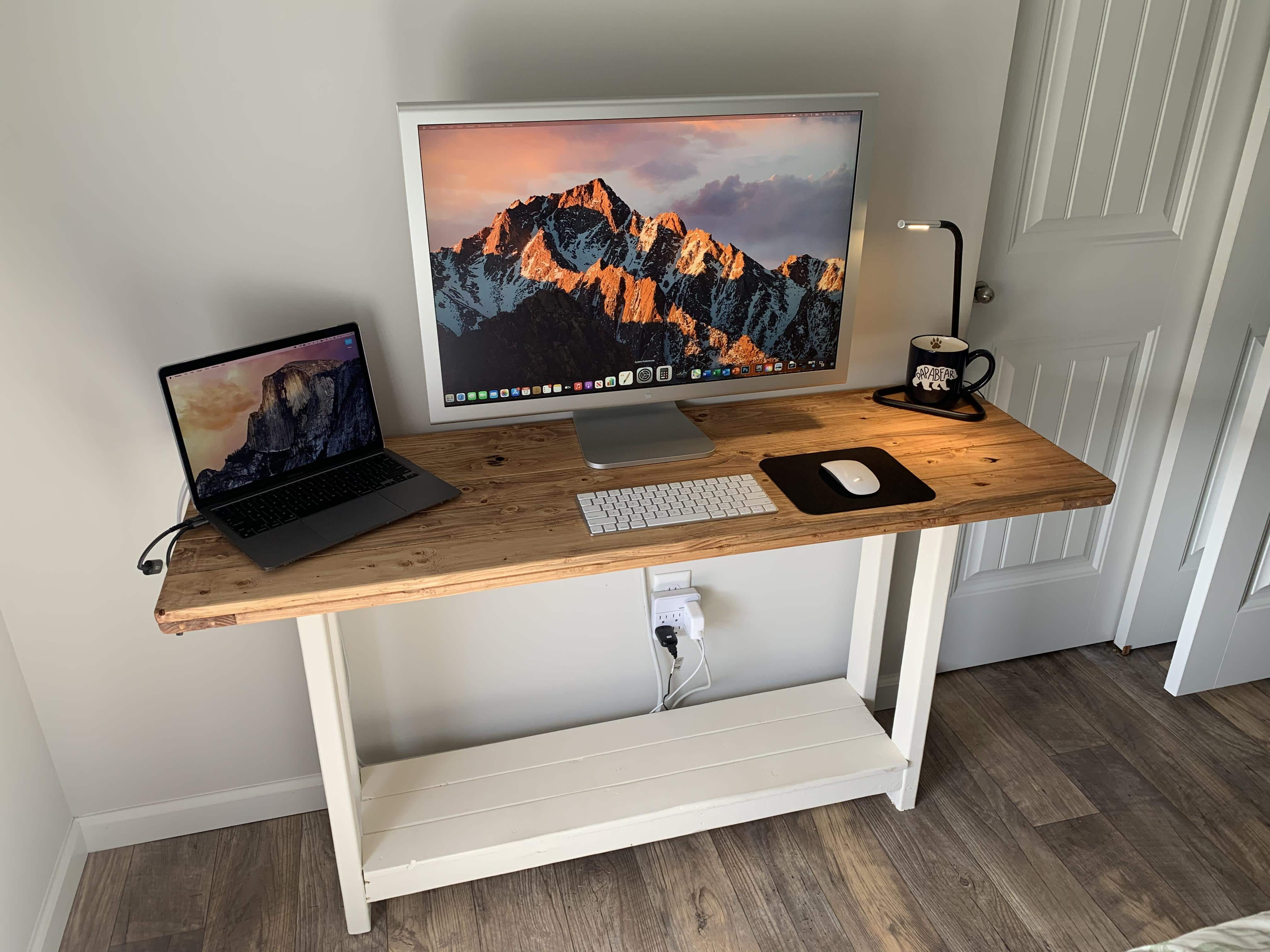
- #APPLE CINEMA HD DISPLAY A1082 SPECS 1080P#
- #APPLE CINEMA HD DISPLAY A1082 SPECS DRIVERS#
- #APPLE CINEMA HD DISPLAY A1082 SPECS PROFESSIONAL#
So, before the mainstream consumer can make decent use of higher resolution displays, the base level for GPUs needs to go up by a bit more to make the experience properly "smooth".

The Radeon 3300 integrated video for example will handle 1280x1024 decently, but starts to have a bit of a problem at 1920x1080 when it comes to basic games and such. We also have a problem with what integrated video can handle.
#APPLE CINEMA HD DISPLAY A1082 SPECS 1080P#
So, now that 1080p is the norm for flat panel displays, the question is when better displays will become the norm on the desktop. Two years ago, the cost of a 23 inch panel was MUCH higher than it is today, and you are seeing displays that could not do 1080p going away. 3D is also creeping in as something that will push costs up. Then you have the move from 60Hz to 120Hz to 240Hz. When you got that 28 inch display, was that a 1080p or 1080i, or 720p? These days, the LED technologies are where a lot of the focus is. As the size of the screen goes up, it just becomes that much harder to make a display without any problems.Īs time has gone on, with the older technologies, it has gotten easier to make larger panels that don't have problems, but now we are seeing newer technologies that raise the difficulty again. It is far easier to make a PERFECT four inch display than an eight inch display, just because there is a smaller chance of dead or stuck pixels.
#APPLE CINEMA HD DISPLAY A1082 SPECS DRIVERS#
We’ve deprecated the Monaco Optix XR Pro colorimeter in favor of an Xrite i1D2 since there are no longer up-to-date drivers for modern platforms.įor these tests, we calibrate the display and try to obtain the best Delta-E we can get at both 200 nits of brightness for normal use, and 100 nits for print brightness. Then the difference will no doubt be apparent.Īs I mentioned in our earlier reviews, we’ve updated our display test bench. That is, until you print or view media on another monitor. Of course, the big consideration here is frame of reference unless you have another monitor or some print samples (color checker card) to compare your display with, you probably won’t notice. Finally, Delta E of 4.0 and above is considered visible with the human eye.
#APPLE CINEMA HD DISPLAY A1082 SPECS PROFESSIONAL#
Moving up, a Delta E of 2.0 or less is generally considered fit for use in a professional imaging environment - it isn’t perfect, but it’s hard to gauge the difference. In practice, a Delta E under 1.0 is perfect - the chromatic sensitivity of the human eye is not great enough to distinguish a difference.
/CinemaDisplayPowerMacG5-56a5d53f3df78cf7728a102e.jpg)

The difference between the color represented by the display, and the color requested by the GPU is our Delta-E, and lower is better here. So our percentages are reported with respect to this number, and larger is generally better.Ĭolor accuracy (Delta E) refers to the display’s ability to display the correct color requested by the GPU and OS. In this case, our reference is the AdobeRGB 1998 color space, which is larger than the sRGB color space. Color gamut refers to the range of colors the display is able to represent with respect to some color space. We report two main quality metrics in our display reviews: color accuracy (Delta-E) and color gamut.


 0 kommentar(er)
0 kommentar(er)
